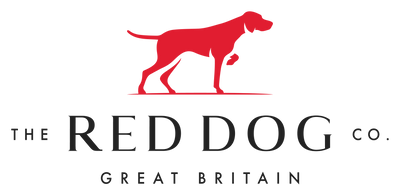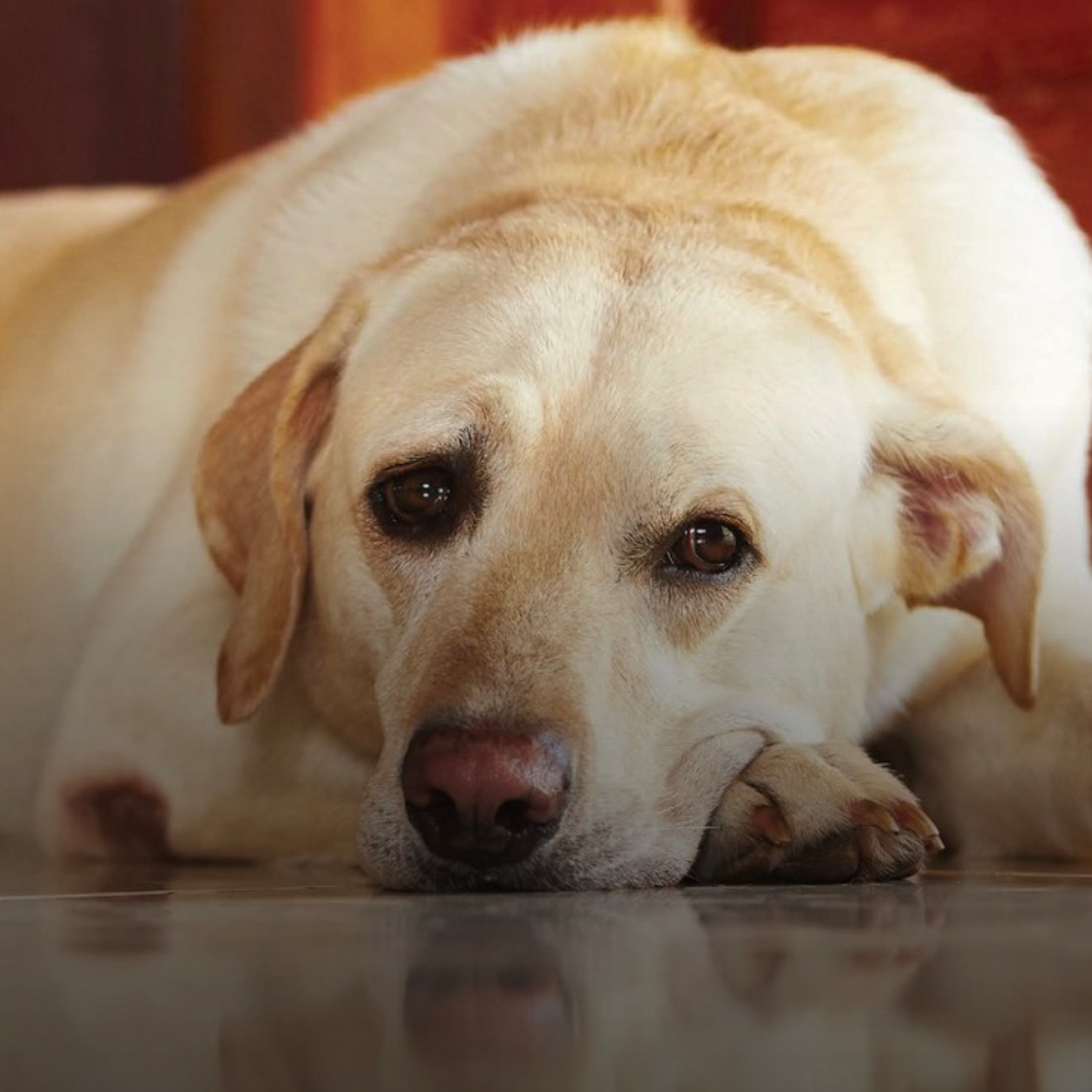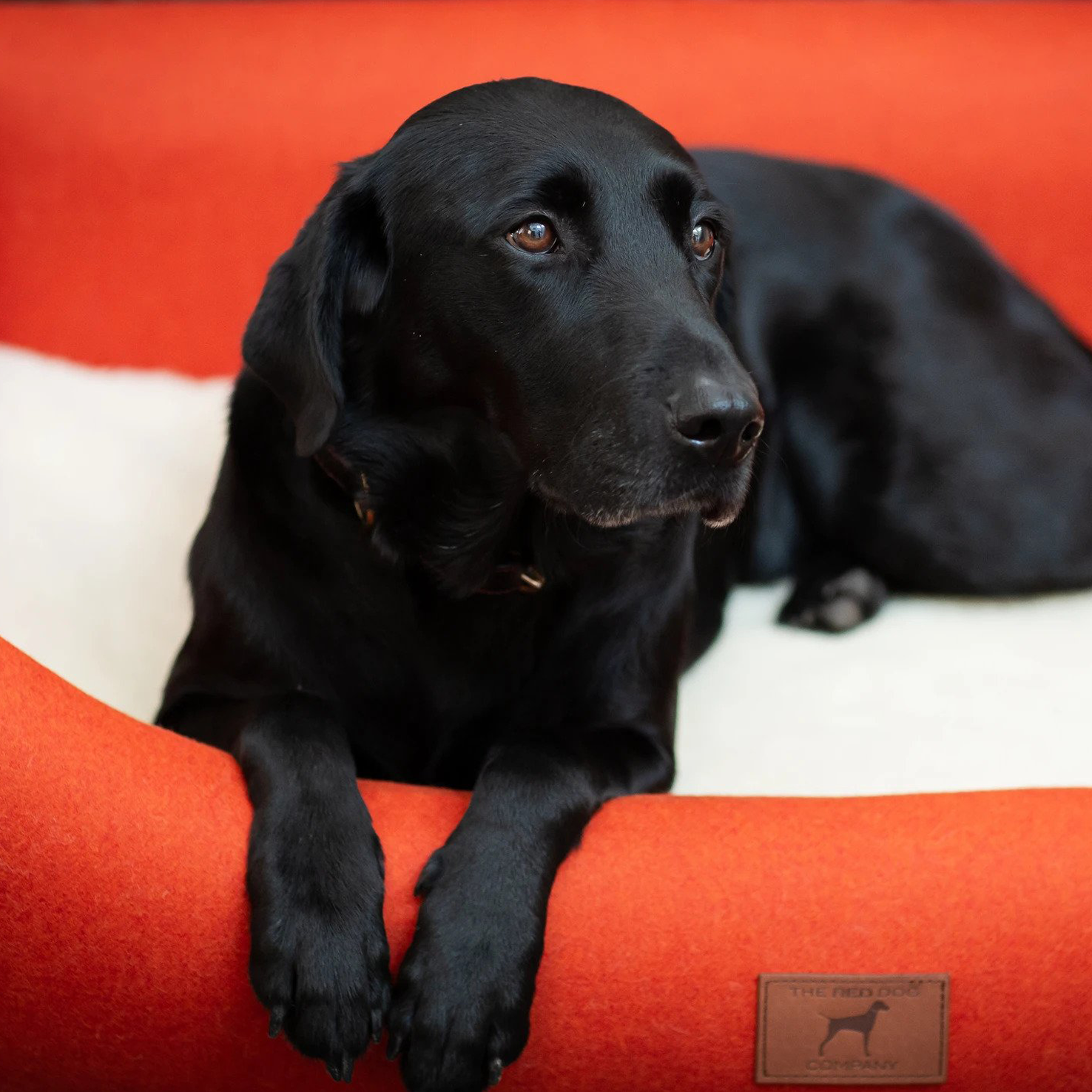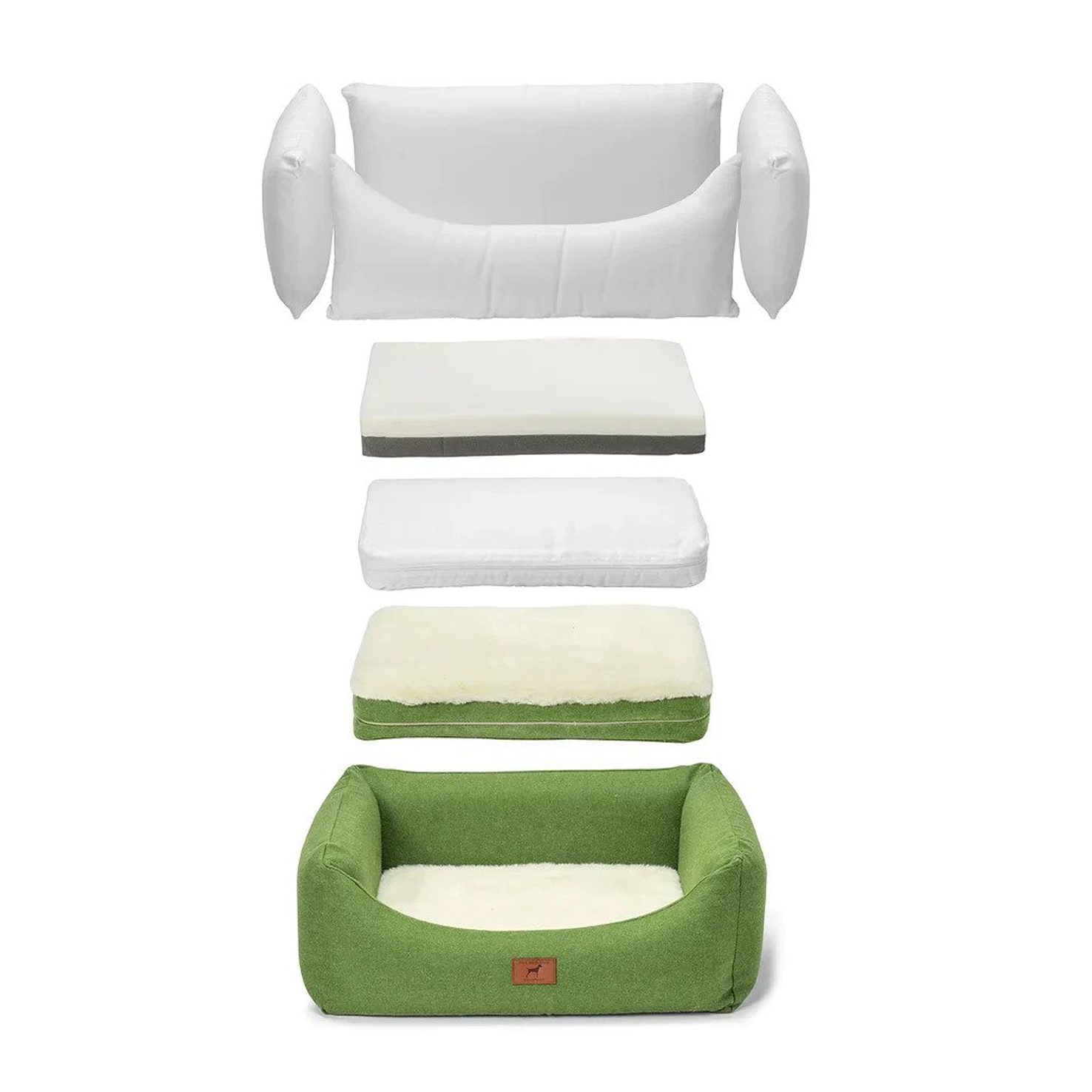What are elbow calluses?
Elbow calluses are hairless patches of thickened skin found over bony prominences, such as elbows. These unsightly areas of skin are common in dogs, especially in short coated large and giant breeds such as Labrador Retriever, Rottweiler, Great Dane and Bullmastiff.
What causes them?
Calluses are usually caused by frequently lying on hard surfaces and if remedies are not put in place, the calluses can become more than a cosmetic issue with secondary infections causing inflammation and discomfort. The dry, elephant-like, thickened skin can crack and allow bacteria to multiply causing infection. Hair follicles can become impacted in the skin, acting like foreign bodies and inciting further reaction. Surface ulceration can form as well as fistulas that allow infection to track more deeply. Some dogs will form hygromas over bony prominences. These differ from calluses in that they are capsule-enclosed, fluid-filled swellings that develop under the skin as a result of repeat trauma. Hygromas act as cushions to protect the joint. Like calluses, they are often a cosmetic issue but can also become secondarily infected causing discomfort.
The importance of the right sleeping surface
It’s important to encourage bed use, especially for those large breed dogs that are predisposed to forming elbow calluses or hygromas. Ideally have multiple supportive beds and mats around the home to give them choice and reduce the likelihood of sleeping on the floor.
In warm weather large dogs tend to want to stretch out to cool off. Rather than allow them to crash out on the cool, hard stone floor, encourage them on to their supportive, soft mat. A Red Dog Company Mat without sides will allow large dogs to stretch out whilst supporting the joints and protecting the soft tissues and skin over the elbows. The natural wool topper helps with thermoregulation.

The Red Dog Company also make a Giant Mat specifically for the larger breeds which are prone to elbow calluses.

Body Condition Score
Large breed and giant breed dogs are more prone to callus formation and even more so if they are overweight. Overweight small breed dogs such as Dachshunds can form calluses on their sternum. By keeping your dog slim as an adult and into their senior years, it has great all round health benefits. Check out the WSAVA Body Condition Score Chart and aim to keep your dog at 4-5/9. Senior dogs, with their thinner, less elastic skin and their more sedentary lifestyle are at increased risk for callus formation. As well as tiring more easily and needing more time to rest in recovery, older dogs’ increased incidence of arthritis often means they rest more.
Prevention is better than cure
By taking some simple precautions, you can minimise the risk of calluses forming. If calluses have already formed, they will not go away as long as the trauma and pressure to the bony prominence continues. The callus itself will not be painful but if secondary infection forms, this can be. Your dog may show signs of discomfort by limping or trying to lick the thickened, traumatised area of skin. A moist surface oozing with blood or discharge, redness, inflammation and warmth would all suggest that secondary infection is present and a vet visit is indicated.
Alison graduated from Cambridge University, in Veterinary medicine and surgery, in 1999. She initially worked in mixed practice before concentrating on domestic animals for the next 16 years. When Alison isn’t working as a vet, she is helping The Red Dog Company make the very best beds, mats and accessories available.



